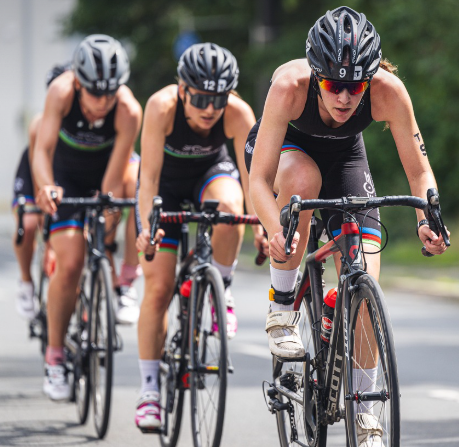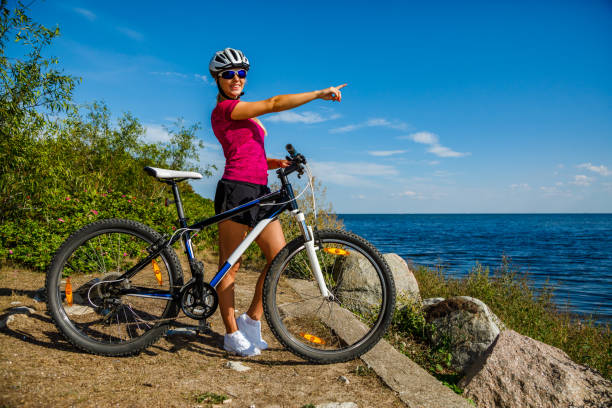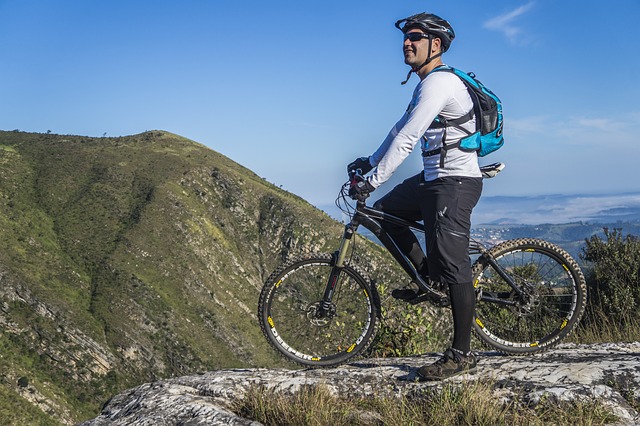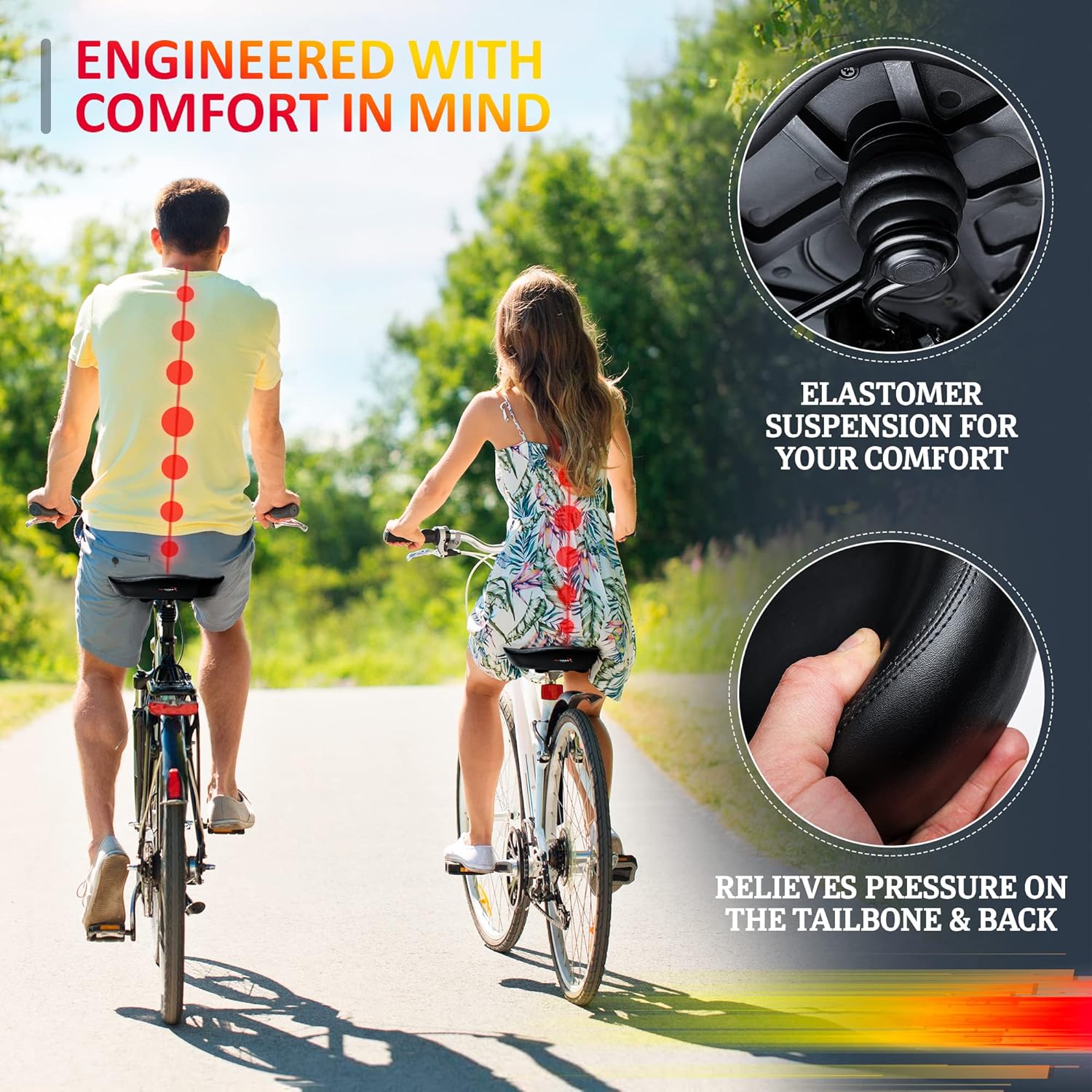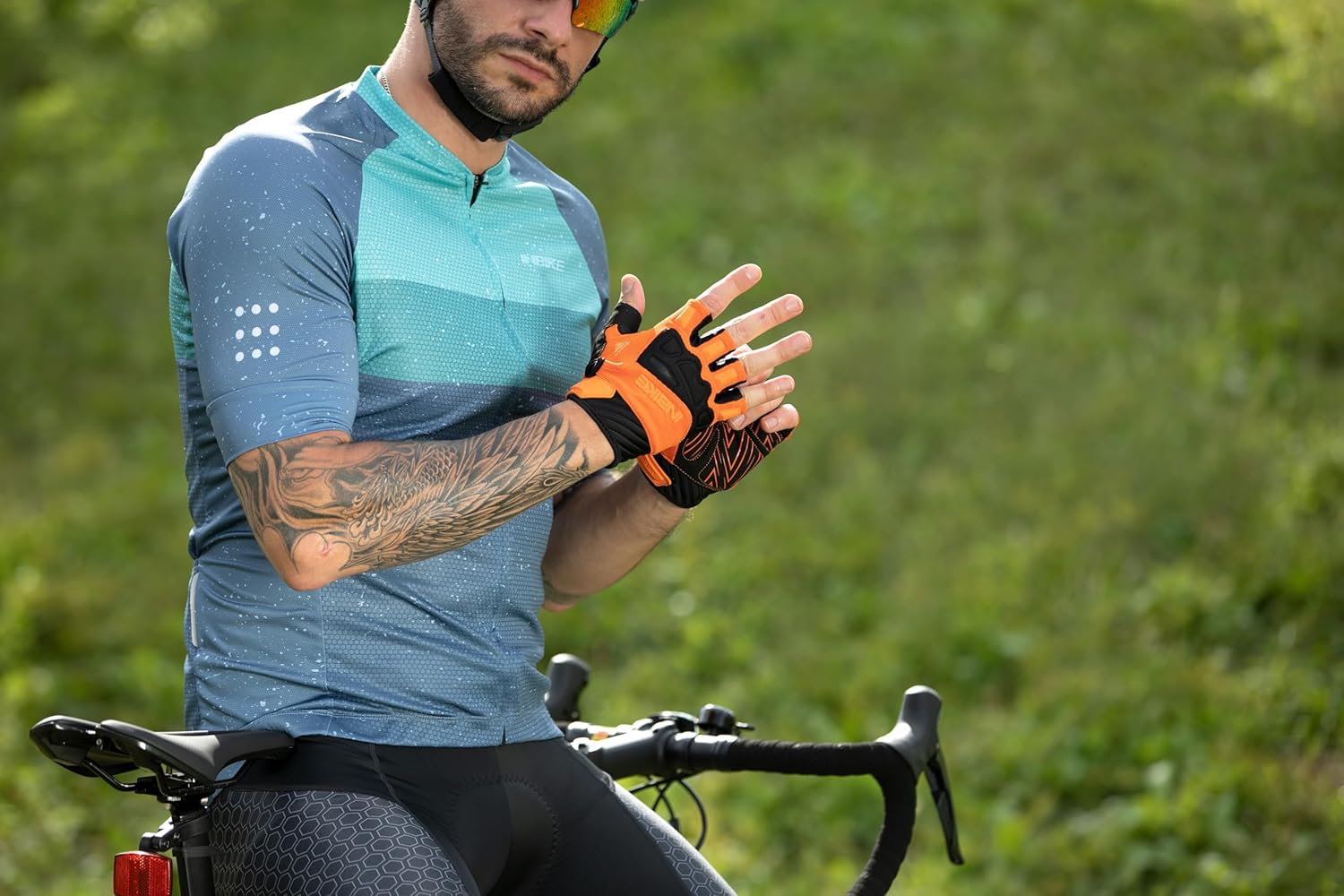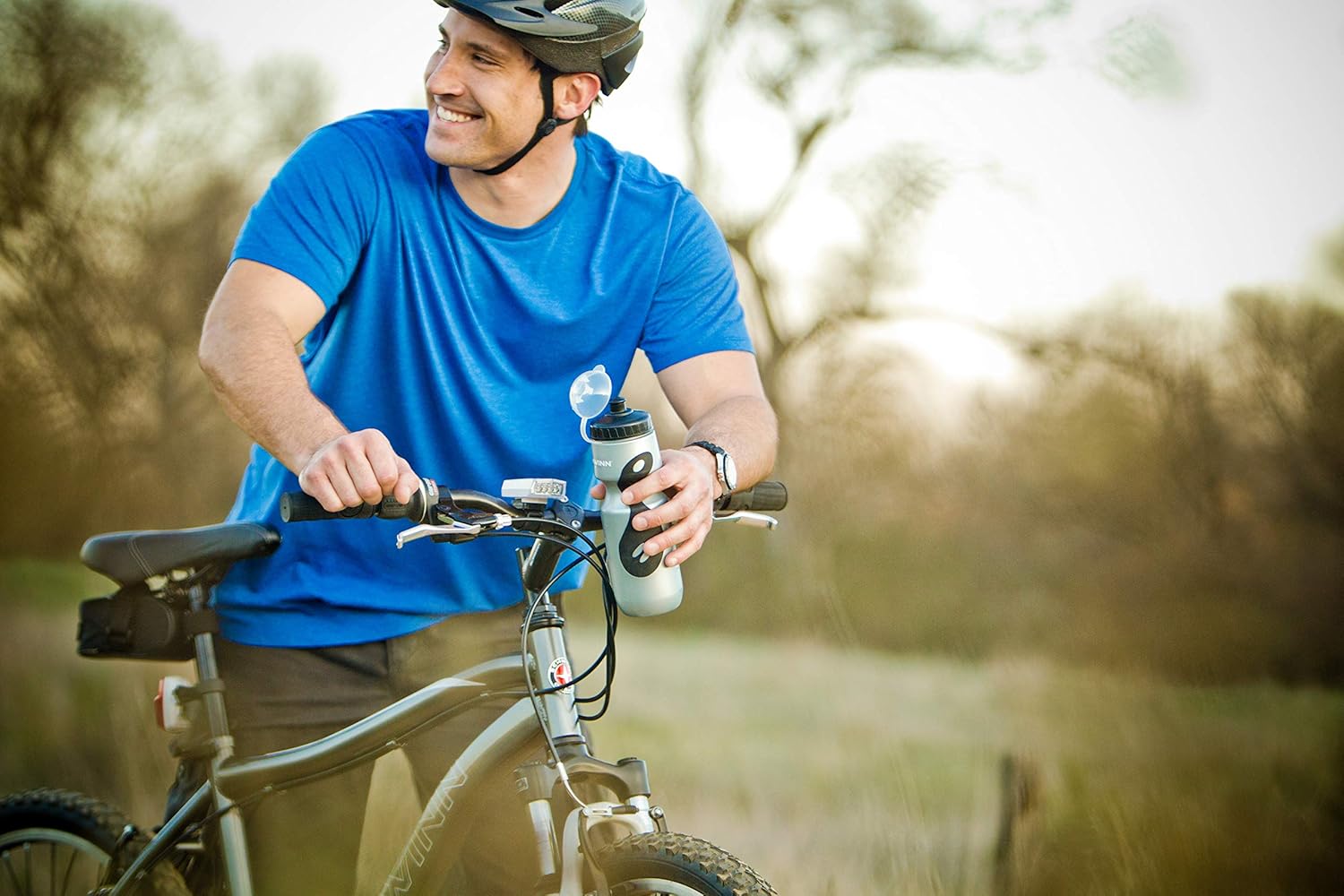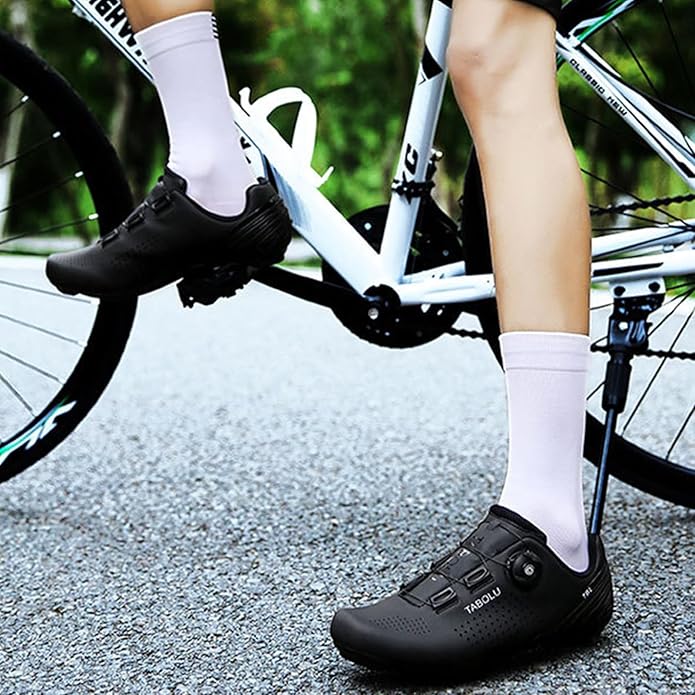Introduction
In today’s world, bicycle safety and theft prevention have become more crucial than ever. A reliable Best Bicycle GPS Tracker can not only help locate your bike in case of theft but also enhance your riding experience by tracking your routes and performance. You need the Best Bicycle GPS Tracker for your bicycle because the safety of your bicycle must be important. For this reason, you can choose the Best Bicycle GPS Tracker for your bicycle.
The Best Bicycle GPS Tracker is crucial for any cyclist and performance on your rides. A well-designed GPS Tracker can enhance your cycling experience and prevent for the thief. This article aims to guide you in choosing the right GPS tracker tailored to your needs, showcasing top picks that excel in safety and performance.
For this reason, we provide them with a list of stylish bicycle GPS Tracker. You should read the article and visit our website for more information. Let’s go through and discover how the right GPS Tracker can transform your cycling adventures! Let’s dive into the essential aspects of bicycle GPS trackers and discover our top recommendations!
Understanding The Best Bicycle GPS Trackers
What is a Bicycle GPS Tracker?
A bicycle GPS tracker is a compact device designed to monitor the location and movement of your bike in real-time. Utilizing Global Positioning System (GPS) technology, these trackers can provide precise location data, enabling you to track your bicycle’s whereabouts through a mobile app or web interface. Some models also offer additional features like route mapping and performance metrics, making them valuable tools for both security and enhancing your cycling experience.
Benefits of Using a GPS Tracker
- Theft Recovery and Prevention: The primary advantage of a GPS tracker is its ability to help locate your bicycle if it’s stolen. Many trackers offer real-time tracking, allowing you to quickly alert authorities and recover your bike.
- Route Tracking and Navigation: Beyond safety, GPS trackers can assist in navigation by mapping out your routes. This feature is particularly useful for long-distance cyclists or those exploring new areas, ensuring you don’t get lost on your adventures.
- Performance Monitoring: Many GPS trackers provide insights into your cycling performance, including metrics like speed, distance traveled, and elevation gain. This data can be invaluable for cyclists looking to improve their fitness and track their progress over time.
- Safety Features: Some advanced GPS trackers include safety features such as SOS alerts, which can notify emergency contacts if you find yourself in trouble. Geofencing capabilities can also send alerts if your bike leaves a designated area, adding an extra layer of security.
In summary, bicycle GPS trackers are versatile tools that offer essential benefits for cyclists, enhancing both safety and performance while providing peace of mind on every ride.
Key Features to Consider of The Best Bicycle GPS Tracker
![]()
When selecting The best bicycle GPS tracker, it’s essential to evaluate various features to ensure you choose the right device for your needs.
1. Size and Weight
A compact and lightweight plan is significant for simple establishment on your bicycle without including pointless bulk. The tracker should be small enough to fit discreetly, preferably mounted in a location that doesn’t interfere with your ride.
2. Battery Life
Battery longevity is a significant factor, especially for long-distance rides. Look for trackers with extended battery life or energy-efficient modes. Some devices offer rechargeable batteries, while others use replaceable ones, so consider which option best suits your lifestyle.
3. Real-Time Tracking
Real-time following permits you to screen your bike’s area continuously. This feature is vital for quick recovery if your bike is stolen, as it enables you to provide precise location data to law enforcement.
4. Geofencing and Alerts
Geofencing makes a virtual boundary around an indicated area. If your bike leaves this area, the tracker will send you an alert. This feature is particularly useful for added security, as it notifies you immediately if someone attempts to take your bike.
5. Durability and Weather Resistance
Your GPS tracker should be robust enough to withstand outdoor conditions. Look for devices that are waterproof or water-resistant, as well as shockproof, to ensure they can endure the rigors of cycling.
6. App Compatibility
An intuitive and user-friendly mobile app is essential for managing your GPS tracker. Check for features such as easy setup, real-time notifications, historical data tracking, and compatibility with both iOS and Android devices.
7. Subscription Fees
Some GPS trackers require a subscription for premium features or cellular connectivity. Evaluate the ongoing costs associated with your chosen tracker and weigh them against the benefits provided.
By considering these key features, you can choose a bicycle GPS tracker that aligns with your specific needs, ensuring both safety and performance while you ride.
Top Picks for The Best Bicycle GPS Trackers
Here are our top recommendations for bicycle GPS trackers, each selected for its unique features, reliability, and overall value. Whether you’re looking for basic tracking or advanced functionalities, there’s a perfect option for you.
1. Tile Bike Tracker The Best Bicycle GPS Tracker
![]()
Key Features: Compact design, Bluetooth connectivity, and a user-friendly app.
- Pros:
- Easy to install and use.
- Long battery life (up to a year).
- The community find feature helps locate your bike through other Tile users.
- Cons:
- Limited range compared to GPS trackers (Bluetooth only).
-
2. Samsung Galaxy SmartTag+ The Best Bicycle GPS Tracker
![]()
- Key Features: Ultra-wideband technology for precise location tracking, and integration with the SmartThings app.
- Pros:
- Accurate tracking within close range.
- Works seamlessly with other smart devices.
- Cons:
- Requires a compatible smartphone for full functionality.
3. Spytec GL300 GPS Tracker The Best Bicycle GPS Tracker
![]()
- Key Features: Real-time GPS tracking, geofencing, and long battery life.
- Pros:
- Offers live tracking with updates every 5 seconds.
- Excellent for theft recovery with a strong cellular network.
- Cons:
- A monthly subscription is required for the service.
4. Garmin Edge 530 The Best Bicycle GPS Tracker
![]()
- Key Features: Advanced performance metrics, navigation features, and route planning.
- Pros:
- Comprehensive cycling metrics including VO2 max and recovery time.
- Integrates with Garmin Connect for community challenges and insights.
- Cons:
- Higher price point compared to basic trackers.
5. Invoxia GPS Tracker The Best Bicycle GPS Tracker
![]()
- Key Features: Long-lasting battery (up to 6 months), geofencing, and anti-theft alerts.
- Pros:
- Works without a SIM card, reducing subscription costs.
- Compact and easy to hide on the bike.
- Cons:
- Requires a cellular connection for tracking.
In summary, Each of these best bicycle GPS trackers offers distinct advantages suited to different cycling needs. Consider what features are most important to you—whether it’s basic theft prevention, advanced performance tracking, or smart device integration—before making your choice. Investing in a reliable GPS tracker not only enhances your cycling experience but also provides peace of mind on every ride.
How to Select the Best Bicycle GPS Tracker for You
![]()
Selecting the best bicycle GPS tracker for your bicycle involves considering several factors to ensure it meets your specific needs. Here are a few key steps to direct you through the decision-making process:
1. Assess Your Needs
Start by evaluating how you intend to use the GPS tracker. Ask yourself the following questions:
- What’s your primary purpose? Are you mainly concerned about theft recovery, performance tracking, or navigation?
- How often do you ride? Frequent riders may benefit from advanced features, while casual cyclists might prefer simpler options.
- Do you ride in urban or rural areas? Different environments may require varying levels of tracking accuracy and battery life.
2. Determine Essential Features
Based on your needs, identify which features are most important to you:
- Real-time tracking is crucial for theft recovery.
- Geofencing can give alarms if your bicycle clears out an assigned area
- Performance metrics like speed and distance may appeal to fitness-focused cyclists.
- App compatibility ensures you can easily monitor your bike via your smartphone.
3. Set a Budget
GPS trackers can vary significantly in price, from budget-friendly options to high-end devices. Determine your budget and investigate choices inside that range. Keep in mind that some trackers may require a monthly subscription for premium features, which can add to your overall costs.
4. Read Reviews and Ratings
Research user reviews and ratings to gain insights into the reliability and performance of the GPS trackers you’re considering. Look for feedback on aspects like ease of use, battery life, and customer support. This information can help you identify any potential issues and gauge overall satisfaction among users.
5. Consider Installation and Maintenance
Choose a tracker that is easy to install and maintain. Some devices may require more complex setups, while others are designed for quick attachment to your bike. Additionally, consider how often you’ll need to charge or replace the tracker’s battery.
6. Evaluate Durability
Ensure the GPS tracker is durable and weather-resistant, especially if you plan to ride in various conditions. Look for devices that can withstand rain, dirt, and impacts, as this will prolong their lifespan and effectiveness.
7. Check for Customer Support
Reliable customer support can make a significant difference if you encounter issues or have questions about your tracker. Look for brands with good reputations for customer service, as well as user-friendly resources like FAQs and troubleshooting guides.
In summary, Choosing the right bicycle GPS tracker involves understanding your specific needs, considering essential features, setting a budget, and conducting thorough research. By taking the time to evaluate these factors, you can select a tracker that enhances your cycling experience and provides peace of mind on every ride.
Installation and Setup Tips of The Best Bicycle GPS Tracker
Installing and setting up your bicycle GPS tracker is a crucial step in ensuring it functions correctly and provides reliable tracking. Here are a few fundamental tips to offer assistance when you get started:
1. Choose the Right Location
- Mounting Options: Select a location on your bike that is discreet yet easily accessible. Common spots include the seat post, under the saddle, or inside the frame. Ensure it’s out of sight to deter thieves.
- Avoid Vulnerable Areas: Steer clear of locations that might expose the tracker to damage, such as near the wheels or areas prone to impact.
2. Follow the Manufacturer’s Instructions
- Read the Manual: Always refer to the user manual provided by the manufacturer for specific installation instructions and requirements. Each tracker may have unique installation processes.
- Watch for Diagrams: Many manuals include helpful diagrams that can guide you in correctly mounting the device.
3. Use Proper Tools and Accessories
- Necessary Tools: Gather any tools you might need for installation, such as screwdrivers, wrenches, or adhesive mounts. Some trackers may come with their mounting kits.
- Secure Fastening: Ensure that the tracker is securely fastened to prevent it from shifting or falling off during rides.
4. Set Up the Mobile App
- Download the app from the App Store or Google Play.
- Create an Account: Follow the prompts to create an account, providing the necessary information such as your email and password.
- Connect the Device: Use Bluetooth or Wi-Fi to connect the tracker to the app, following the on-screen instructions to pair the two devices.
5. Customize Settings
- Configure Notifications: Set up alerts for important events, such as when the tracker leaves a geofenced area or when the battery is running low.
- Explore Features: Familiarize yourself with the app’s features, including tracking history, route mapping, and performance metrics, to make the most of your tracker.
6. Test the Tracker
- Conduct a Test Run: After installation and setup, take your bike for a short ride to ensure the tracker is functioning correctly. Monitor the app to confirm that it is tracking your location in real-time.
- Check Notifications: Test any alerts or notifications you’ve set up to ensure they are working as expected.
7. Regular Maintenance
- Monitor Battery Life: Keep an eye on the battery level and recharge or replace it as needed. Regular upkeep will offer assistance to guarantee steady performance.
- Update Firmware: Check for firmware updates through the app to ensure your tracker has the latest features and improvements.
In summary, Proper installation and setup are vital for the effective performance of your bicycle GPS tracker. By following these tips, you can ensure that your tracker is securely mounted, connected, and ready to provide reliable tracking and peace of mind during your rides.
Maintenance and Best Practices of The Best Bicycle GPS Tracker
![]()
To ensure your best bicycle GPS tracker remains effective and reliable over time, it’s essential to follow maintenance tips and best practices. Here’s how to keep your gadget in best condition:
1. Regular Battery Checks
- Monitor Battery Life: Regularly check the battery level through the app. Many trackers will notify you when the battery is running low, but it’s good practice to keep an eye on it.
- Recharge or Replace: Follow the manufacturer’s guidelines for recharging or replacing the battery. If your tracker uses a rechargeable battery, make sure to charge it regularly to avoid unexpected downtime.
2. Keep the Device Clean
- Wipe Down Regularly: Dirt, dust, and moisture can accumulate on your tracker, especially if you ride in various weather conditions. Wipe the device with a soft, damp cloth to keep it clean.
- Avoid Harsh Chemicals: Use mild soap and water instead of harsh chemicals that could damage the tracker’s surface or seals.
3. Update Firmware and App
- Stay Upgraded: Producers frequently discharge firmware overhauls to move forward execution and security. Regularly check the app for updates and install them as soon as they are available.
- Update App Features: Ensure that your mobile app is also updated to the latest version to access new features and enhancements.
4. Secure the Tracker
- Check Mounting Regularly: Periodically inspect the installation to ensure the tracker remains securely attached. Vibration and impacts during rides can loosen mounts over time.
- Use Anti-Theft Measures: Consider additional security measures, such as locking your bike in safe areas or using a secondary lock, to reduce the risk of theft.
5. Familiarize Yourself with App Features
- Explore All Functions: Spend some time getting to know all the features offered by your GPS tracker’s app. Understanding how to access tracking history, set geofences, and receive alerts can enhance your user experience.
- Customize Settings: Adjust settings for notifications and alerts according to your preferences. This can help you stay informed without being overwhelmed by unnecessary notifications.
6. Conduct Regular Tests
- Test Tracking Functionality: Occasionally, take your bike for a short ride to test the tracking feature and ensure it functions correctly. Check that the app reflects your real-time area accurately.
- Check Alerts and Notifications: Confirm that any alerts you have set up are functioning as intended. This includes geofence alerts and battery notifications.
7. Store Properly When Not in Use
- Safe Storage: If you’re not using your bike for an extended period, consider removing the tracker and storing it in a safe, dry place. This makes a difference in avoiding any harm from natural components.
- Avoid Extreme Temperatures: Keep the tracker away from extreme heat or cold, as these conditions can affect its performance and battery life.
In summary, By following these maintenance tips and best practices, you can ensure that your bicycle GPS tracker remains a reliable tool for safety and performance. Regular checks, proper care, and staying informed about updates will help you get the most out of your device, providing peace of mind every time you ride.
Frequently Asked Questions
What is a bicycle GPS tracker?
A GPS tracker for bicycles is a device that uses GPS technology to track the location of your bike in real-time.
How does a bicycle GPS tracker work?
It uses GPS satellites to determine the bike's location and transmits this data to your smartphone or a web app.
How do I install a bicycle GPS tracker?
Most trackers are easy to install. They can be attached to the bike frame, hidden in the seat post, or integrated into accessories like lights.
Conclusion
Choosing the right bicycle GPS tracker is essential for enhancing your cycling experience, ensuring safety, and providing peace of mind. By understanding your needs, evaluating key features, and following proper installation and maintenance practices, you can select a tracker that best suits your lifestyle. Whether for theft prevention, performance monitoring, or navigation, investing in a reliable GPS tracker can transform your rides and protect your valuable assets.
Stay informed, stay safe, and enjoy every moment on the road! Regular maintenance, including cleaning and inspections, ensures longevity and optimal comfort. Invest time in selecting and caring for your GPS tracker, and enjoy many pleasurable cycling adventures ahead! Happy cycling!
If you need any information on Best Bike Speedometer please click here.


